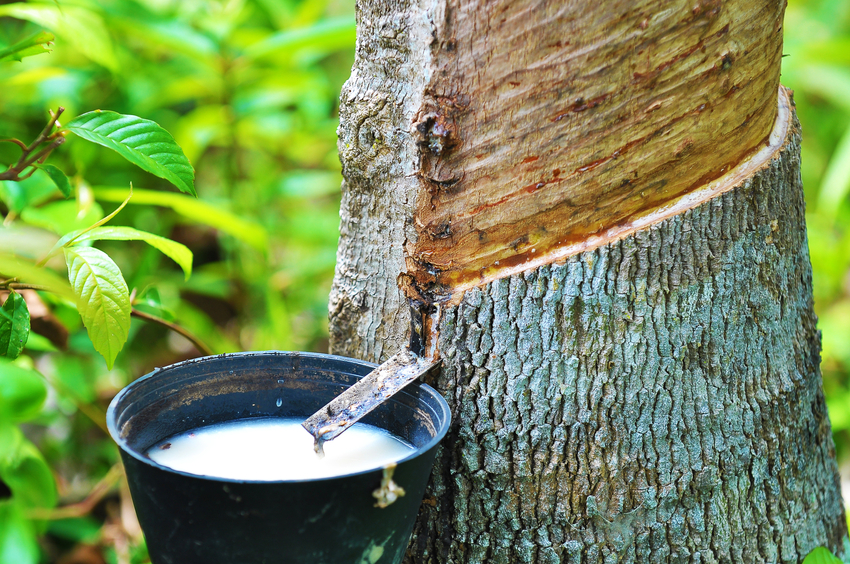Rubber compounds with alternative antioxidants


Aminic stabilizers are widely used today as antioxidants and as agents for protecting elastomers against ozone. They protect the elastomer against oxidative degradation and against degradation caused by ozonolysis. By their very nature, diene rubbers such as NBR, NR and SBR are more sensitive to oxidation than saturated rubbers such as HNBR due to their double bonds. Typical stabilizers are aminic compounds derived from p-phenylenediamine, such as N-isopropyl-N′-phenyl-p-phenylenediamine (IPPD) or N-(1,3-dimethylbutyl)-N'-phenyl-p-phenylenediamine (6PPD). 6PPD is a potent antioxidant and at the same time has excellent effectiveness as an ozone protection agent. The combination of the two modes of action is very rare and explains the widespread use of 6PPD and related structures in elastomer mixtures. However, since 2021, the aminic stabilizers have increasingly been the subject of discussion because their oxidation product, a quinone derivative (6PPD-Q), is a significantly more potent fish toxin for some species than 6PPD and, for example, comes from the abrasion of car tires; whether 6PPD-Q also poses a health risk to humans has yet to be investigated.
In any case, however, aminic stabilizers are increasingly being viewed critically, especially since the toxicity of the aminic stabilizers themselves is not negligible. Research must therefore concentrate on identifying partial or complete substitutes that do not produce toxic breakdown products or at least minimize their concentration.
The aim of the joint research project proposed here is to use selected rubber compounds to better understand the mode of action of alternative antioxidants and to lay the necessary theoretical and practical foundations fundamentals for the development of developing novel stabilized compounds. The aim is to reduce the content of aminic stabilizers as much as possible. The relationship between structural conditions and their mode of action as antioxidants or ozone protectors antiozonants of possible substitutes will also be investigated.
First of all, the most relevant rubber types (e.g. NR, NBR, SBR) and crosslinking systems are defined in consultation with the participants. This is followed by a comprehensive search of the open and patent literature for possible alternatives to aminic antioxidants. The focus of this research is on commercially available structures that may be known from other applications (e.g. thermoplastics) but have not yet been extensively investigated in elastomers.
Based on this research, proposals for reducing the content of aminic antioxidants will be developed and presented to the participants for selection for the following experimental phase. Subsequently, corresponding elastomer compounds will be produced and characterized (tensile strain behavior, hardness, determination of mass and dimensional change, and DMA if necessary) in the context of oven aging at previously defined conditions (specified temperature and time) (tensile strain behavior, hardness, determination of mass and dimensional change, and DMA if necessary). In up to four consecutive mixing campaigns (each with 12 mixtures), possible compositions are produced and characterized as described above in comparison to selected references. After each mixing and aging campaign, investigations are carried out to understand the mode of action, e.g. of surface roughness or aging-related oxidation (e.g. by IR spectroscopy). In addition, selected and promising mixtures (max. 12) will also undergo ozone aging to enable a holistic evaluation of their effectiveness as antioxidants or antiozonants ozone protection agents. Finally, the participants will be given recommendations for possible substitutes, their components and contents, their modes of action and possible limitations.